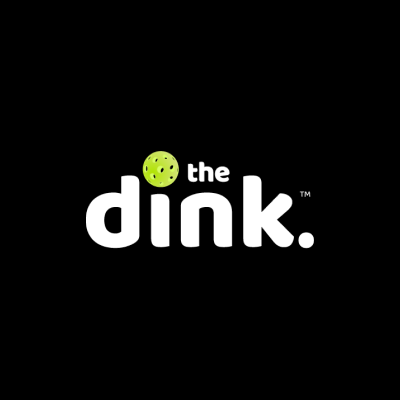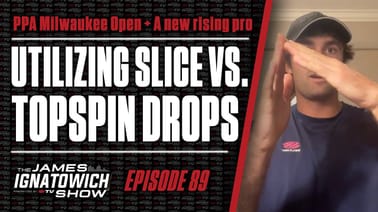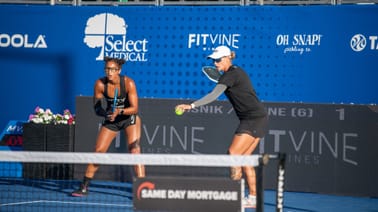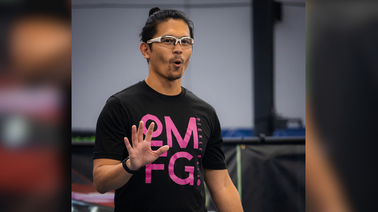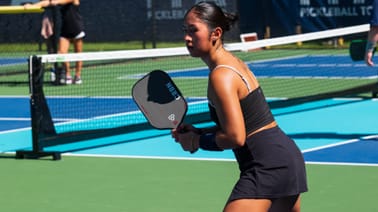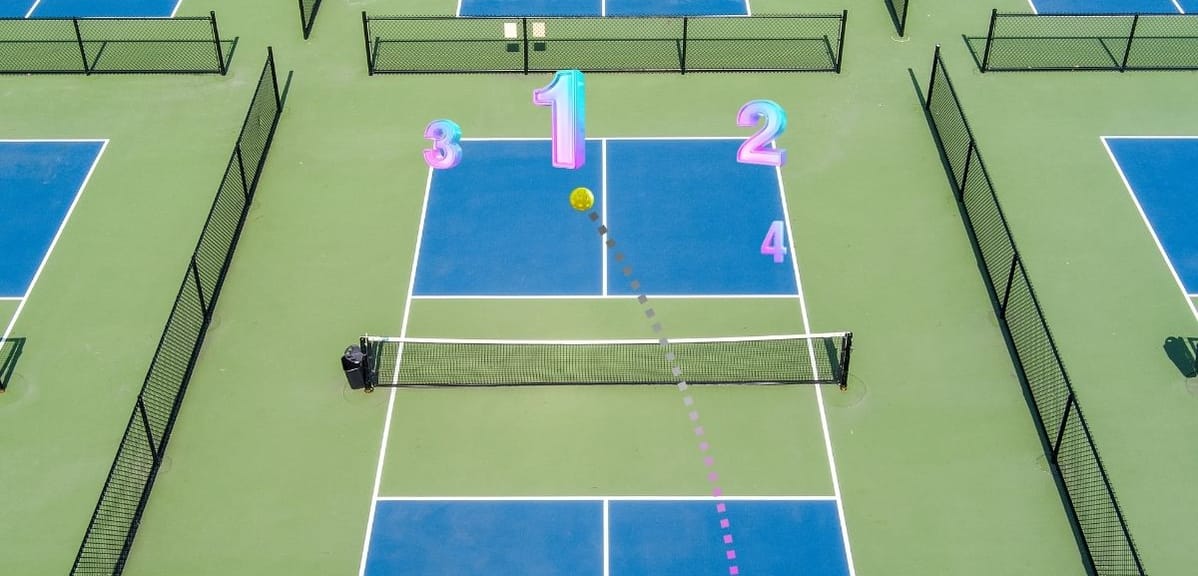
The biggest key when returning a serve is to keep it deep.
Keep the other team back to maintain your positional advantage.
1. One of the most popular spots on the court to send the return is down the middle. Not exactly on the ‘T’, however, it’s a good idea to aim just to the left of the ‘T’, (assuming both opponents are right-handed).
A ball in this position can do a couple of great things:
- It can cause confusion about whose ball it is and result in a mistake
- It can force the left-side player to move too far to the right side, opening up some court
- It can force the right-side player to hit a backhand, which is likely their weaker side
2. Another popular option is to return the ball deep to the left-side player’s backhand. Depth and topspin here can force a ton of bad thirds.
3. An option that can be used sparingly is the right-side player’s forehand. This spot is effective when that player is also the server.
It allows your partner to get involved in the point. A strong return here can set up an easy fourth-shot slam.
4. This location breaks the cardinal rule of returning but can be a good option to add to the mix. Keep the ball low, soft, and aimed at the left-side player’s backhand.
It forces the other team to hit a third on the move and with a low backhand. With any luck, you’ll get a floating third shot and the left-side player scrambling to get back into position to cover the middle.
While these are good options, it’s important not to get too cute with your returns. A serve return error is one of the most costly in pickleball. It gives your opponent an easy point in a position where you should have the advantage.


